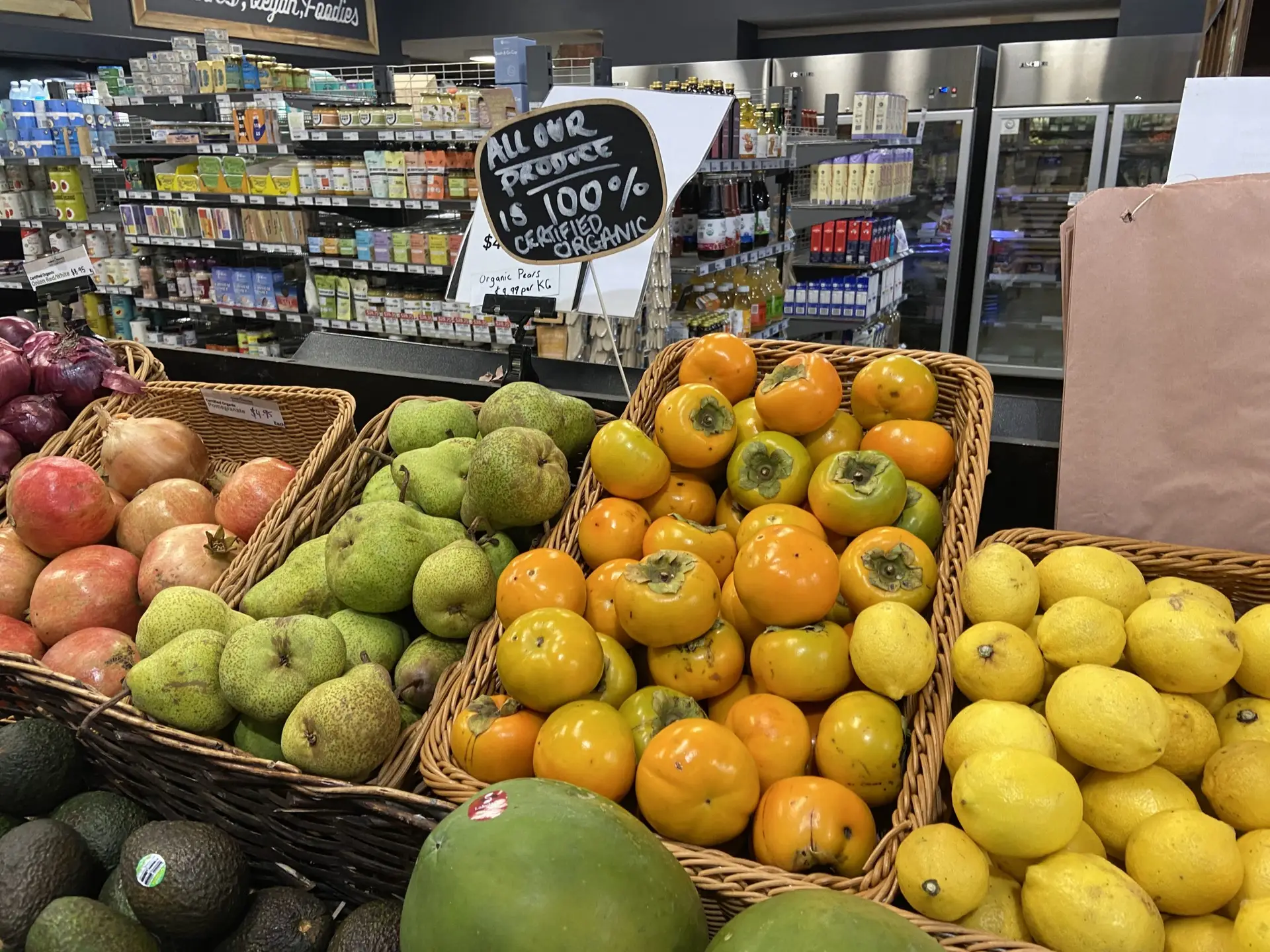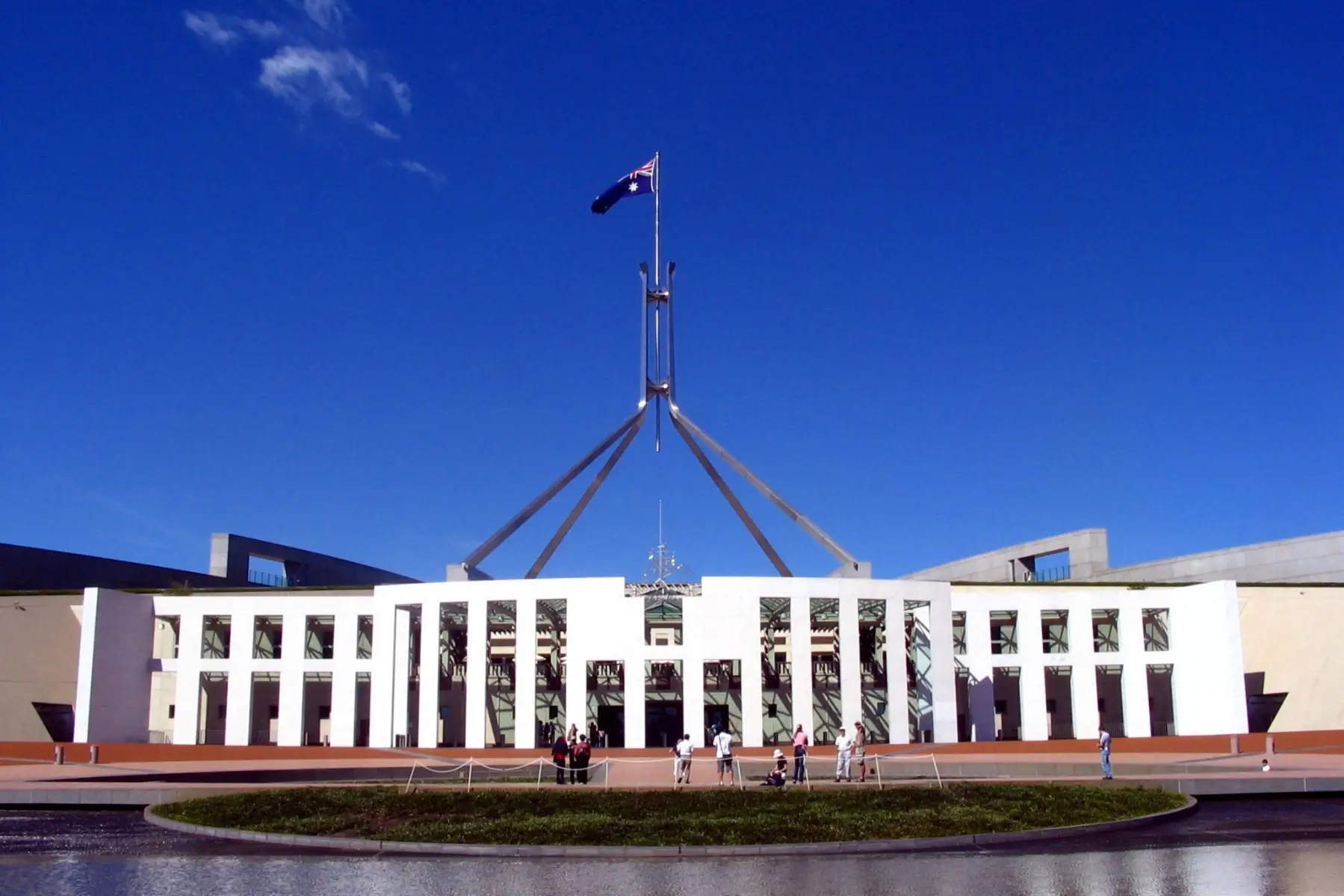Media Release 12 March 2020
The Australian Government has announced a $17.6 billion Economic Stimulus Package to support the Australian economy in light of the spread COVID-19 (coronavirus).
The stimulus package is focused on keeping Australians working and aiding small and medium sized businesses.
The package consists of four areas:
- Supporting business investment
- Providing cash flow assistance to help small and medium sized business to stay in business and keep their employees in jobs
- Targeted support for the most severely affected sectors, regions and communities;
- Household stimulus payments that will benefit the wider economy
These are temporary measures targeted to the areas that need them most – helping the Australian economy to ‘bounce back’ without undermining the structural integrity of the Budget.
Support for business investment
Increasing the Instant Asset Write-off
- Increasing the instant asset write-off for investments up to $150,000 (a 5-fold increase) for businesses with a turnover of less than $500 million (a ten-fold increase) until 30 June. Examples of assets that can be written off include machinery/equipment for farming businesses.
Accelerated depreciation deductions
- Enabling businesses with a turnover of less than $500 million to deduct an additional 50% of the asset cost in the year of purchase for eligible assets, with existing depreciation rules applying to the balance of the asset’s cost. This measure will be in place through to 30 June 2021.
The instant asset write-off changes the timing of the tax deduction, putting more money in a farming business’s pocket today. However, it will reduce the deductable amount for depreciation on these assets over the remainder of the asset’s operational life.
This represents a discount at the time of purchase of up to 27.5% (the tax rate for SMEs with a turnover of up to $50 million) or 30% (the tax rate for businesses with a turnover above $50 million) on the purchase of major plant and equipment by a farm business in the current year.
Assistance to severely affected regions
Support for affected regions and communities
- $1 billion to support regions worst affected by the economic impacts of COVID-19, including those reliant on agriculture, tourism and education.
It includes assistance to businesses to identify alternative export markets or supply chains. This will assist agricultural exporters to shift product blocked by travel bans and supply chain blockages.
Cash flow assistance for business
Boosting cashflow for employers
- Grants of between $2,000 and $25,000 to SMEs with turnover up to $50 million, to maintain operations and to continue to employ staff.
Supporting apprentices and trainees
- Wage subsidies of up to 50% of an apprentice’s and trainee’s wage for up to 9 months from 1 Jan to 30 Sept 2020. Where an employer is not able to retain an apprentice, the subsidy will be available to the new employer of the apprentice.
The grants will help impacted-business with cashflow over the next three months, to ensure they are viable and well positioned to ramp back up to their full production/capability once the COVID-19 crisis has passed.
At this stage it is not clear what the grants will be based on (i.e. the reduction in cashflow in given month relative to the previous year) and whether it will be applied to the full amount of lost income or a percentage.
However, it has been indicated that the grants and subsidies will be delivered through the tax system, thus will involve minimal paperwork and red-tape for businesses to access the grants much of the required information in terms of business turnover, expenditure, staff numbers, etc. is already held by the tax office making it much quicker and easier for the government to get this money out the door to business.
Payments to Households
Stimulus payments
- One-off direct payment of $750 to social security (i.e. pensioners and NewStart recipients), veterans and other income support recipients (i.e. farm household allowance).
This is targeted at those on the lowest disposable income that are the most likely to spend any increase in income immediately. It will give them the confidence to spend now rather than save, providing a direct stimulus particularly to small business and the retail sector, where the bulk of this money will be spent.
The ATO is also providing administrative relief for some tax obligations, on a case-by-case basis, with dedicated staff specialising in assisting small business. The Government will introduce the package of Bills to implement the measures in the final Autumn sitting week in March. Once the Bills are passed, the measures will be implemented immediately.
Prime Minister Scott Morrison said as part of the plan up to 6.5 million individuals and 3.5 million businesses would be directly supported by the package.
“Just as we have acted decisively to protect the health of the Australian people, based on the best evidence and medical advice, our support package responds to the economic challenges presented by this pandemic in a timely, proportionate and targeted way,” the Prime Minister said.
“Our plan will back Australian households with a stimulus payment to boost growth, bolster domestic confidence and consumption, reduce cash flow pressures for businesses and support new investments to lift productivity.
“Australia is not immune to the global coronavirus challenge but we have already taken steps to prepare for this looming international economic crisis.
“We’ve balanced the budget and managed our economy so we can now use this to protect the health, wellbeing and livelihoods of Australians.
“Our targeted stimulus package will focus on keeping Australians in jobs and keeping businesses in business so we can bounce back strongly.
“The economy needs temporary help right now to bounce back better so the livelihoods of all Australians are protected.”





